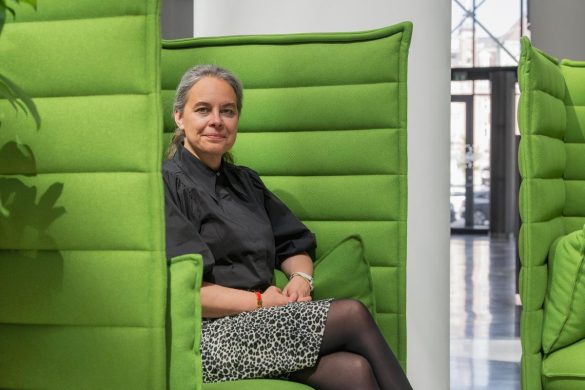BANGLADESH: Design for “green dock wharf’ to detox (afgifte) shipbreaking
DHAKA, 3 September 2010 (IRIN): A Dutch engineering company is trying to make safer the dangerous job of dismantling old ships contaminated with chemicals – by building the world’s first “green dock wharf” in Bangladesh.
Bangladesh has long been a final destination for decommissioned ships from around the world. Their scrap metal is valuable, but little effort is made to dispose of hazardous waste, such as lead paint (blyholdig maling), arsenic and asbestos-packed sealants, posing severe health risks for thousands working in the multimillion-dollar industry.
– There are so many international guidelines to dispose of these types of hazardous waste in an environmentally friendly way, but the ship-breakers have not been doing it, said Muhammed Ali Shahin, coordinator of local ship-breaking watchdog Young Power in Social Action. (YPSA)
The Dutch engineering firm GreenDock is trying to use new wharf technology to safely recycle toxins and dispose of ships.
Work on the “green dock wharf”, projected to cost 51 million US dollar to build, could begin as early as next year and be ready within another two years, with the company eyeing Vietnam, Cambodia and India for similar projects.
– We could say we want to stop the industry, but then we affect hundreds of thousands of people directly and even more indirectly, said Doebren Mulder, co-founder and director of GreenDock.
– If the waste is out of the vessel, you can burn it into energy. Then the vessel goes into a dry dock and you cut the vessel. In 24 days, you can dismantle the ship, added he.
Dangerous work
Some 700 commercial ships are decommissioned each year worldwide and need to be dismantled and recycled. Up to 95 percent of a ship can be reused, including iron for construction.
Læs videre på http://www.IRINnews.org/Report.aspx?ReportId=90376














